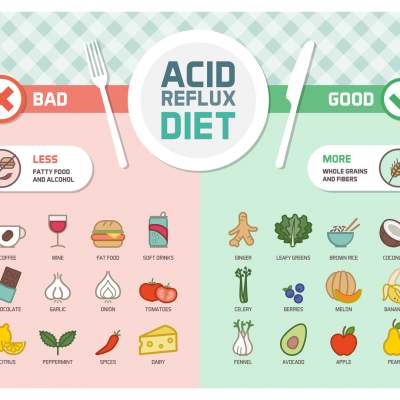

The medical term I coined for this is laryngopharyngeal reflux (LPR). Many sufferers also have postnasal drip and have been told their symptoms are abnormal nasal drainage, infections or sinus problems. Silent, or atypical, acid reflux can cause symptoms such as coughing (including a dry cough), chronic throat clearing, and the sensation of having something stuck in your throat. And although we once thought this disease only struck older people, we’re seeing more in their 20s and 30s with the condition.Ĭan you explain the “silent” symptoms people can get? Research suggests a link between being overweight and developing acid reflux, but I’ve seen many patients at a normal weight or even very thin who also suffer from it. Who’s likely to develop acid reflux or GERD? Today, some prepared foods and beverages are as acidic as stomach acid itself. But they failed to anticipate the adverse health consequences on people. In the 1970s, the Food and Drug Administration (FDA) raised the levels of acid in prepackaged foods to discourage bacterial growth and prolong shelf life. One reason is higher levels of acid in most foods we eat, especially those that are bottled or canned.
#Diet plan for acid relux how to#
In this exclusive interview, Koufman shares clues you might miss, how to get help and low-acid recipes to get GERD or acid reflux symptoms under control. In her book, Dropping Acid: The Reflux Diet Cookbook & Cure (Reflux Cookbooks), Koufman teams with ear, nose and throat surgeon Jordan Stern, M.D., and French chef Marc Bauer to introduce a healthy eating plan for people with acid reflux. Diet changes, as well as medication, are effective treatments for the condition. As a result, they and their doctors assume they’re suffering from allergies or sinus problems. One reason, says Koufman – an authority on acid reflux, as well as a sufferer – is that some experience atypical, “silent” symptoms, such as coughing or postnasal drip. But more than half don’t realize it, says Jamie Koufman, M.D., F.A.C.S., founder and director of the Voice Institute of New York, a treatment center for reflux, gastroesophageal reflux disease (GERD), laryngopharyngeal reflux (LPR) and other conditions that affect the voice. In this exclusive interview, we ask a leading medical expert to share symptoms, treatments and recipes for relief.Ībout 100 million Americans have acid reflux, a condition in which contents of the stomach back up to the esophagus or higher.

Identifying foods and drinks that trigger painful symptoms and removing them from the diet is an effective treatment model.T hink heartburn and indigestion are the only signs of acid reflux? Turns out a nagging cough or hoarse throat could signal the condition too. Through lifestyle adjustments, it is possible to minimise and even treat the uncomfortable symptoms associated with GERD.

What causes acid reflux?Īlthough various causes are yet to be identified, some of the factors that contribute to GERD are: Less common symptoms include bad breath, a sore throat, pain when swallowing, a persistent cough and chest pain. The most common symptoms of GERD are unrelenting heartburn, an acidic taste in the mouth, and regurgitation of small amounts of acidic fluid. This can cause intense burning sensations in the throat, as well as heartburn. If for some reason the LES doesn’t fully close, or opens too frequently, the acid from your stomach – which is essential for digestion – will travel up through the LES into the esophagus. The lower esophageal sphincter (LES) is a ring of muscle connecting the esophagus and stomach, and when food is consumed the LES usually closes as soon as the food is passed through it.

Acid reflux, also known as gastroesophageal reflux disease (GERD), is a chronic condition that can be very painful.


 0 kommentar(er)
0 kommentar(er)
